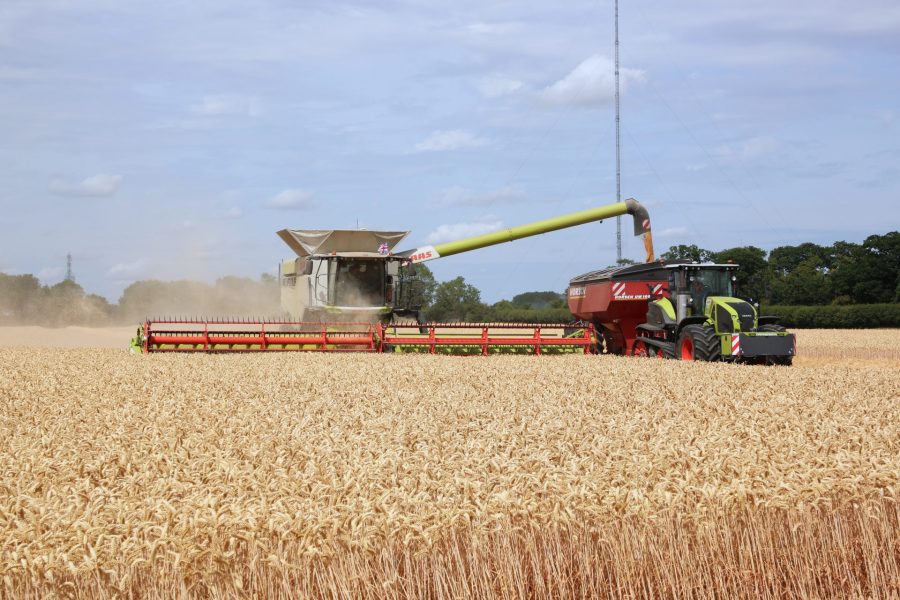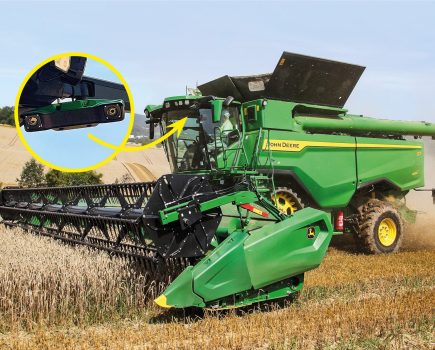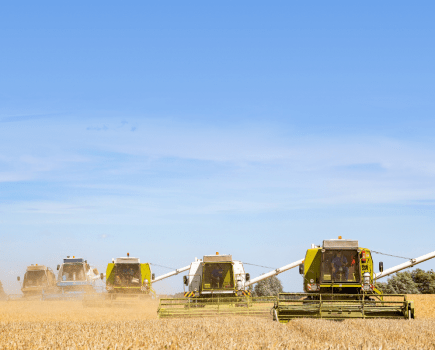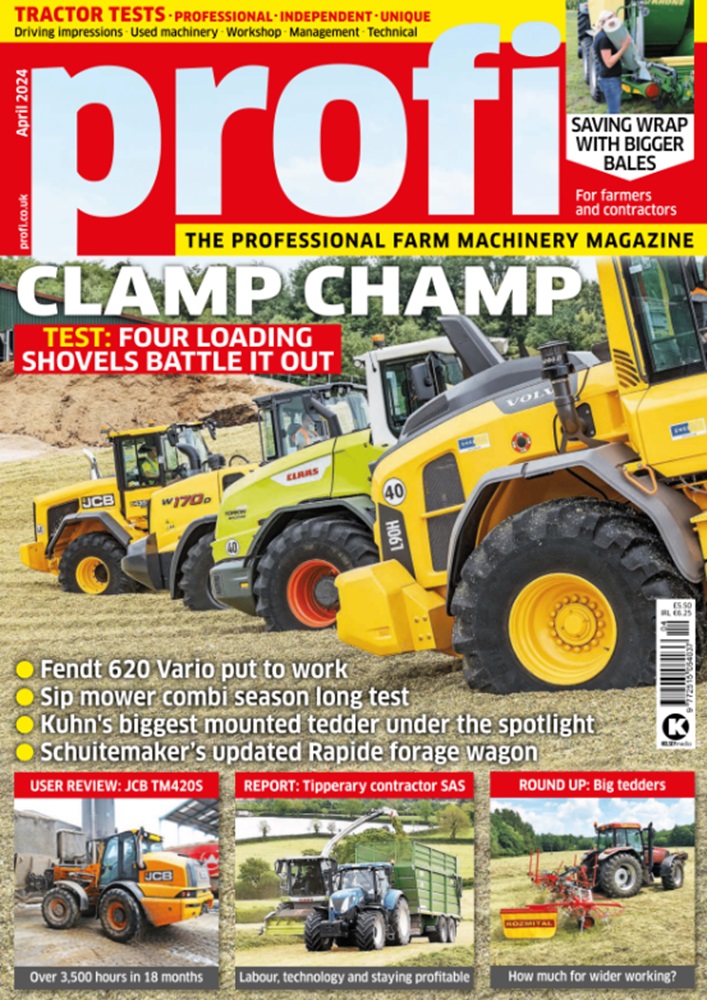When the Claas Lexion 8900TT was announced in 2019 it became the German manufacturer’s flagship model and the most powerful Lexion with the highest output to date. We visit one now in its third season to see how it stacks up against the Lexion 780 that it replaced and its advances over the farm’s previous Lexion combines.
Forrest Farms near Stowmarket in Suffolk has operated Claas Lexion combines for 23 years, and a flagship model forthe past 10 seasons. For harvest 2020 the business’s combine was updated with a new 8900 TerraTrac replacing a 2017 Lexion 780TT. The 8900 has now completed its third season on the farm, clearing just over 1,620ha (4,000 acres) which includes some contract work, giving owner James Forrest and farm foreman and combine operator, Rob Hale plenty of time to get to grips with the latest in a long-line of high output machines.
The Forrest family’s experiences with Lexion combines with the maker’s APS Hybrid threshing and separation system, consisting of a conventional APS threshing setup combined with the twin-rotor Roto Plus secondary separation, dates back to 1999 when a Lexion 480 was purchased new.
“The farm had grown and we needed a combine with greater output than the New Holland TF46 that we were running,” explains James Forrest. “We had been very satisfied New Holland users for many years, receiving exceptional service from M Bloomfield & Sons at Debenham which was on the doorstep. So it wasn’t a straightforward decision to move away from New Holland, but at the time we felt that a new TF78 wouldn’t have been able to give us very much more capacity than our TF46. Out of all the combines we looked at the Claas Lexion 480 had the greatest output at the time, and it also helps when the company’s national headquarters are less than half an hour down the road.”
For more up-to-date farming news and reviews click here and subscribe now to profi for just £3.99 an issue.






